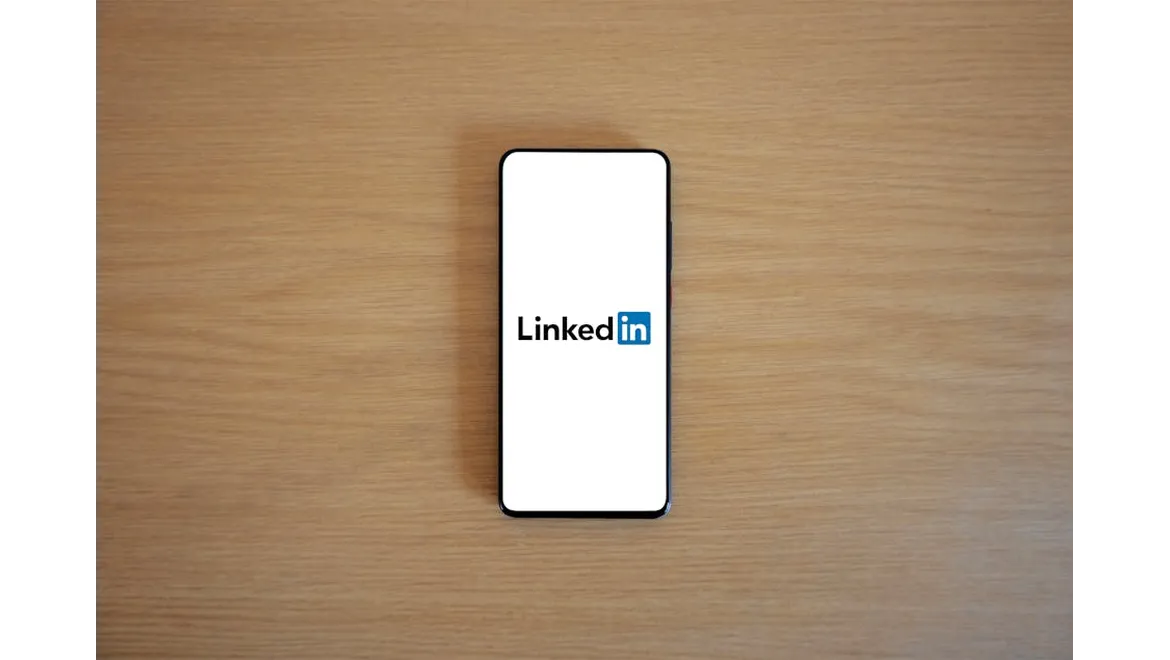Right, let’s talk LinkedIn. We all know it’s the place for professionals, but are you truly leveraging its potential for generating new business? I’ve been diving deep into LinkedIn Newsletter Strategy for Long-Term Engagement, and honestly, it’s been a game-changer. Forget just broadcasting information; we’re talking about nurturing leads and driving actual conversions.
My journey started with a simple question: how do I make my LinkedIn newsletter sticky? How do I get people to not just open it, but actually engage with it, share it, and ultimately, become a client? The answer, I realised, lies in two powerful words: gamification and interactivity.
Gamification: Turning Reading into a Rewarding Experience
Gamification isn’t just about adding points and badges (though that can work). It’s about using game-like elements to make the reading experience more enjoyable and rewarding. Think about it: people love challenges, they love testing their knowledge, and they definitely love recognition.
So, how can we bring this into a LinkedIn newsletter? Here are a few ideas I’ve been experimenting with:
-
Quizzes: I’ve been embedding short, industry-specific quizzes using tools like Typeform or SurveyMonkey. These aren’t just about testing knowledge; they’re about positioning ourselves as experts and sparking conversation. For example, I crafted a quiz on ‘The Future of Digital Marketing,’ and included a question about compliance with upcoming regulatory changes. Readers could instantly see how well they knew their stuff, and I gained insights into their knowledge gaps.
-
Polls: Simple, effective, and instantly engaging. I use LinkedIn’s built-in poll feature for quick, real-time feedback. For instance, I ran a poll asking ‘What’s your biggest challenge with lead generation right now?’ The results not only informed my future content but also highlighted key pain points among my target audience.
-
Contests & Giveaways: This is a classic for a reason. I ran a competition to win a free consultation, but the entry requirement wasn’t just a like or share. I asked people to comment on their biggest marketing win of the year. This generated a ton of valuable discussion and allowed me to identify potential clients with specific needs.
-
Interactive Infographics: Forget static images. Use tools like Canva or Visme to create interactive infographics where readers can click on different sections to reveal more information or answer related questions. I created one about social media metrics that lets users click on each metric (reach, engagement, conversions) to see best practice advice on how to improve it. The result, increased dwell time on the newsletter and far more shares.
-
Embedded Surveys: Think beyond simple NPS scores. Ask targeted questions related to the content you’re providing. I’ve used surveys to gather feedback on our service offerings, asking readers to rank their interest in various solutions. This provided me with concrete data to guide product development and tailor my sales approach.
The Importance of Understanding Your Audience
Now, all this gamification is useless if you don’t know your audience. You need to understand their interests, their pain points, and what motivates them. Are they seasoned professionals looking for cutting-edge insights, or are they entry-level employees trying to get a foot in the door?
I achieve this in a few ways. First I build multiple personas for my ideal customer profiles. Then I use LinkedIn’s analytics to track which content resonates most with my audience. If I see that articles about AI are consistently outperforming others, I know to focus more on that topic. Polls and surveys are also fantastic for gleaning direct insights.
Measuring Impact and Driving Conversions
All this effort needs to translate into tangible results. I meticulously track the following metrics:
- Open Rates: Are more people opening the newsletter? If not, I re-evaluate my subject lines and send times.
- Click-Through Rates: Are people clicking on the links in my newsletter? This tells me if the content is compelling. I test different call-to-actions to see which ones perform best.
- Time Spent Reading: Are people actually engaging with the content or just skimming? Gamified elements should increase time spent reading.
- Shares and Comments: Are people sharing the newsletter with their network and participating in discussions? This shows me if the content is valuable and shareable.
- Lead Generation: Ultimately, the goal is to generate leads. I track how many people who interact with my newsletter subsequently inquire about our services or become clients.
By closely monitoring these metrics, I can see what’s working and what’s not, and adjust my strategy accordingly.
Examples in Action
There are some stellar examples out there. Companies like HubSpot and Neil Patel Digital have mastered the art of creating engaging newsletters. They consistently include valuable content, interactive elements, and clear calls to action. HubSpot’s marketing newsletters offer free templates, surveys, and quizzes based around different elements. Meanwhile Neil Patel’s provide free courses and ask readers to fill out in-depth surveys. All these methods deliver real value.
For my own business, I created a “Marketing Skills Gap Assessment” quiz within our newsletter. It asked readers about their proficiency in various marketing areas and provided personalised recommendations based on their responses. This generated a significant number of qualified leads and positioned us as trusted advisors.
So, where does all this leave us? By understanding your audience, embracing gamification, and closely monitoring your metrics, you can transform your LinkedIn newsletter from a simple broadcast into a powerful lead-generation engine. It’s about providing value, sparking conversation, and nurturing relationships. Embrace the interactive elements, test different approaches, and refine your strategy based on the data. The opportunities are there – go grab them!











